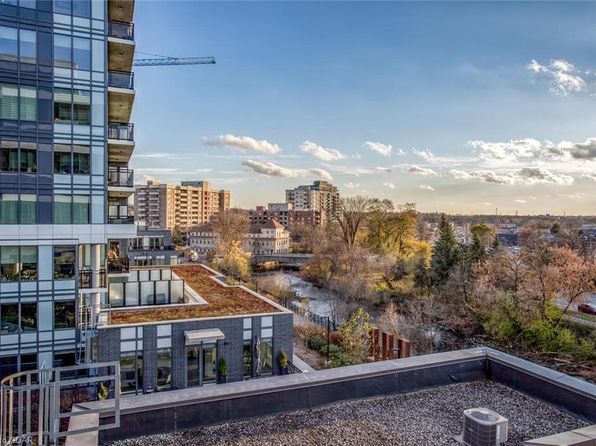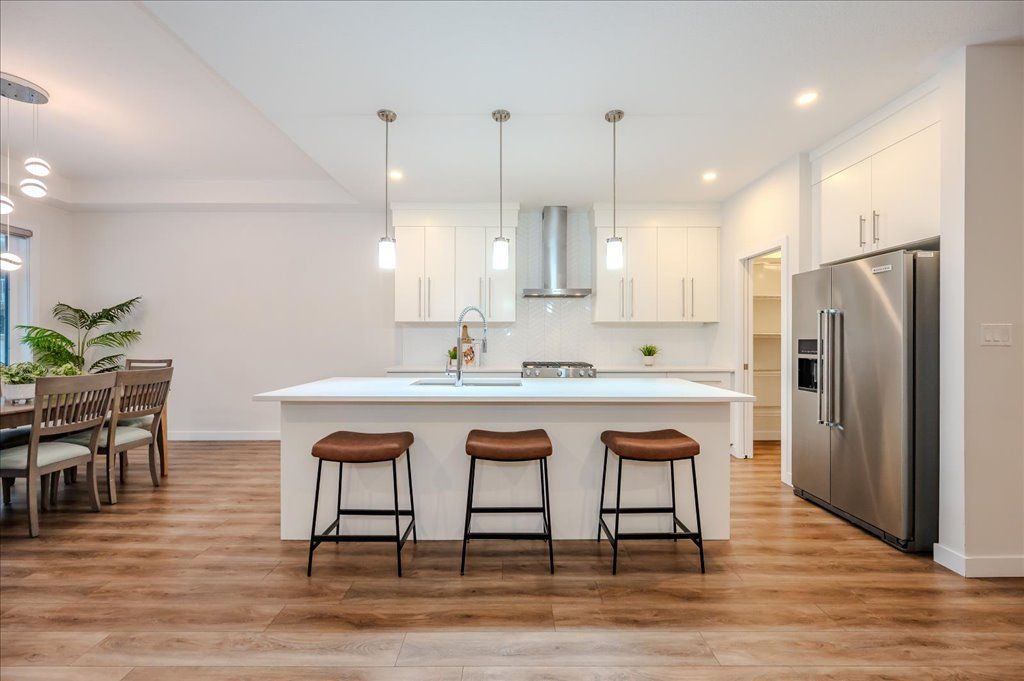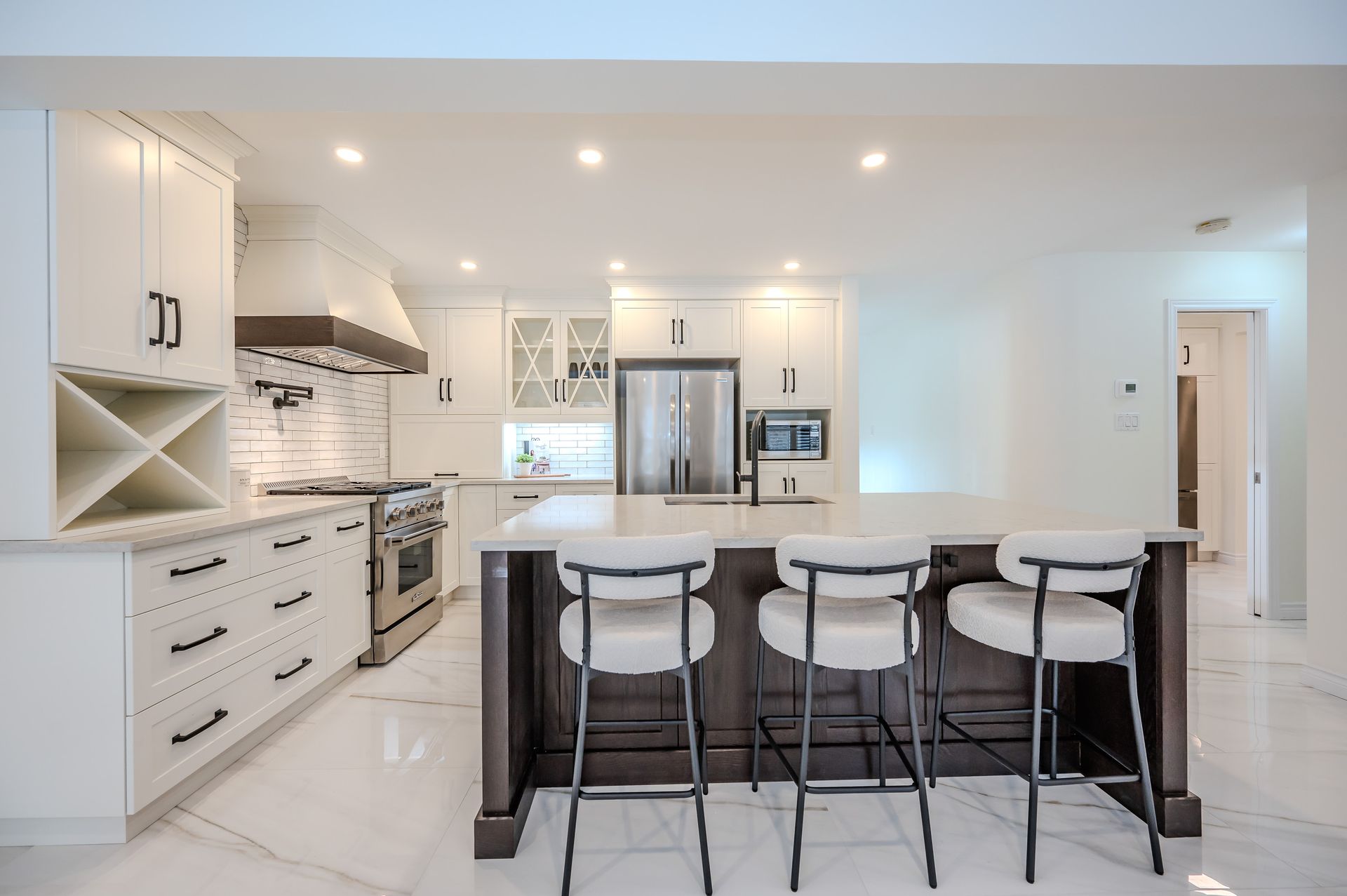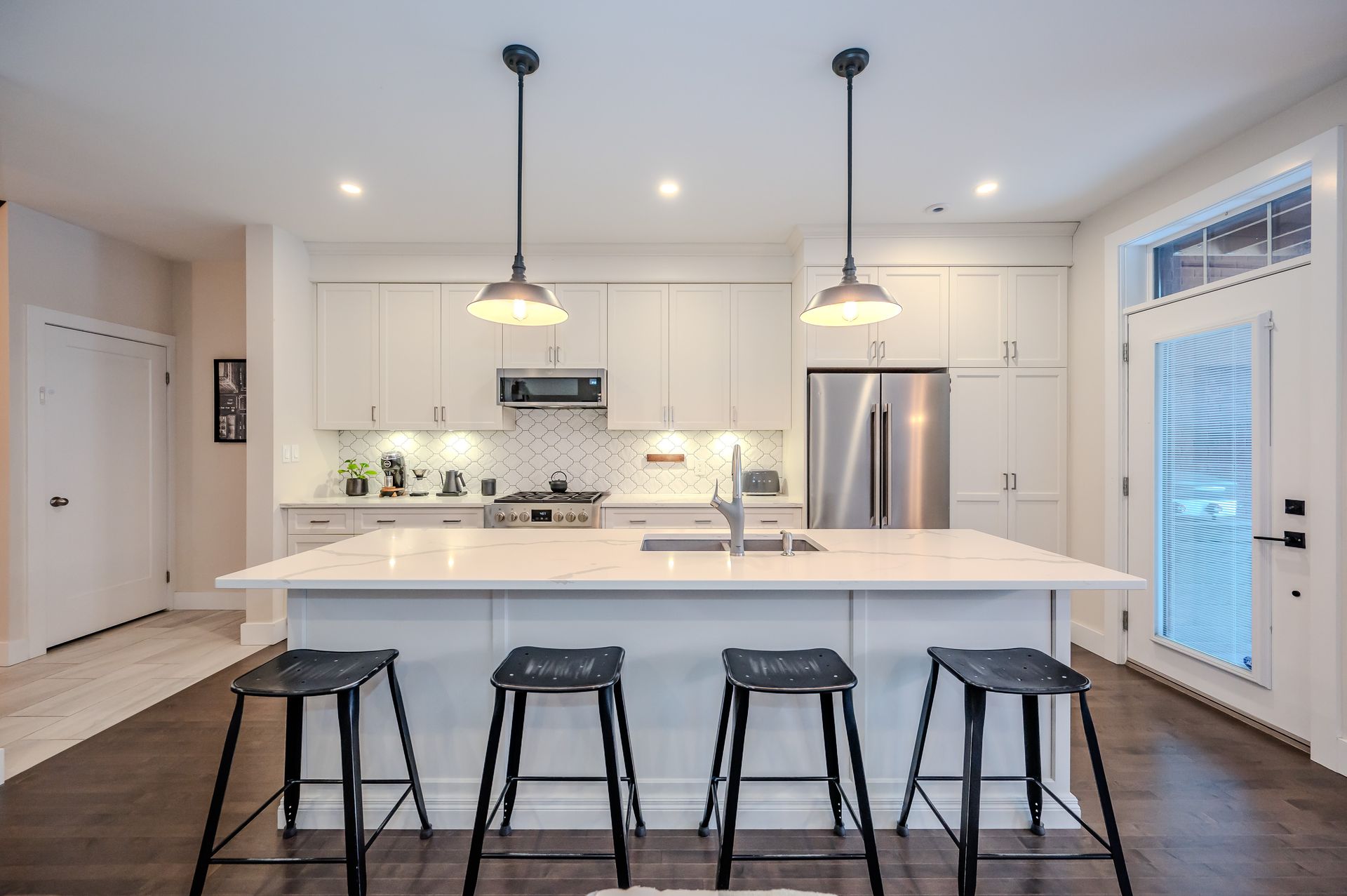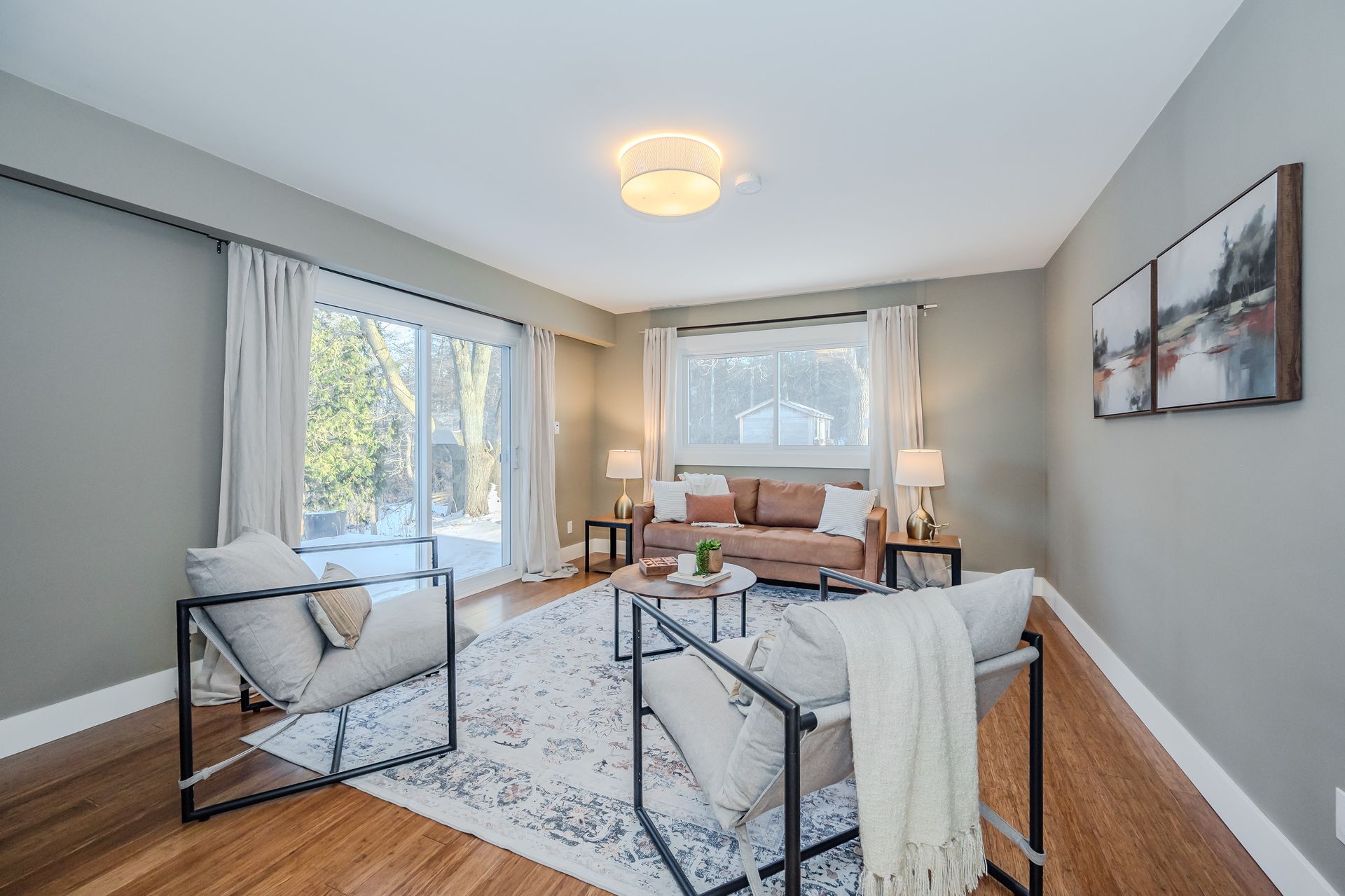Andra Arnold & Associates are a Top Rated, Award-Winning Guelph real estate team that has a passion for helping people. We truly live by our motto “Here to Help”. Our team brings quality expertise to our clients’ buying and selling experiences. The team's dedication, eagerness to help, and experience allow clients navigate one of life’s biggest decisions!
A Guide to Guelph’s Historic Downtown Architecture
Guelph is a living museum, with its streets telling the story of a past brimming with history, culture, and charm. Founded in 1827, Guelph was once a prime location for industry and agriculture, and you can see that strong history in its downtown buildings.
Today, Guelph’s historic downtown mixes architectural styles, from the grandeur of Victorian and Edwardian influences to the elegant lines of Georgian Revival. Each structure tells a tale of the city’s early days, its growth, and the bold characters who shaped it.
Keep reading to learn a few facts about Guelph’s historic downtown architecture.

Victorian and Edwardian Influences are the Foundation of Downtown’s Charm
As you walk through downtown Guelph, take a moment to notice the small details in the buildings around you. You'll spot beautiful brick patterns, tall windows divided into smaller panes, and decorative roof edges known as gables. Many buildings also feature detailed stone carvings, while large windows let in tons of natural light.
Here are a few must-see buildings:
- The Guelph Armoury: Built in the late 1800s, this imposing structure is a prime example of Victorian military architecture. Its strong stonework and fortress-like design played an important role in defence.
- The Old Post Office: This building is famous for its grand columns and intricate stonework. It was the city's main communication centre, connecting Guelph to the rest of the world and boosting its economy.
- The Baker Street Buildings: Once home to local shops and businesses, these Victorian buildings offer a peek into Guelph's early commercial history.
The Georgian Revival is a Nod to Classic Elegance
The Georgian Revival style is known for its clean lines and formal, elegant look. It mixes classic European elements, like symmetrical shapes and columns, with local building techniques to create a timeless appearance.
A great example of this style is Guelph City Hall. With its large pillars and balanced design, this building was constructed in 1856 to show that
Guelph wanted to be an influential city for government and culture. The use of brick and stone materials in this style gave the town a feeling of stability and sophistication as it continued to grow.
Art Deco and Modernism Influence Twentieth-Century Guelph
In the 20th century, two architectural styles — Art Deco and Modernism — significantly influenced Guelph’s downtown buildings.
Art Deco introduced stylish designs with geometric shapes, bright colours, and wild patterns. Buildings from this era often used polished stone, glass, and steel for a shiny, modern look that symbolized optimism and progress.
Modernism in architecture featured flat roofs and large windows, focusing on function over decoration. The goal was to create efficient and practical buildings with less emphasis on ornamentation.
The Lasting Legacy of Guelph's Historic Buildings
There’s no better way to connect with Guelph’s past than by exploring its historic landmarks.
Want to know more? Andra Arnold & Associates can give you expert knowledge about the city’s architecture and history, helping you understand the stories behind Guelph’s most famous buildings and what they mean to the city today.


